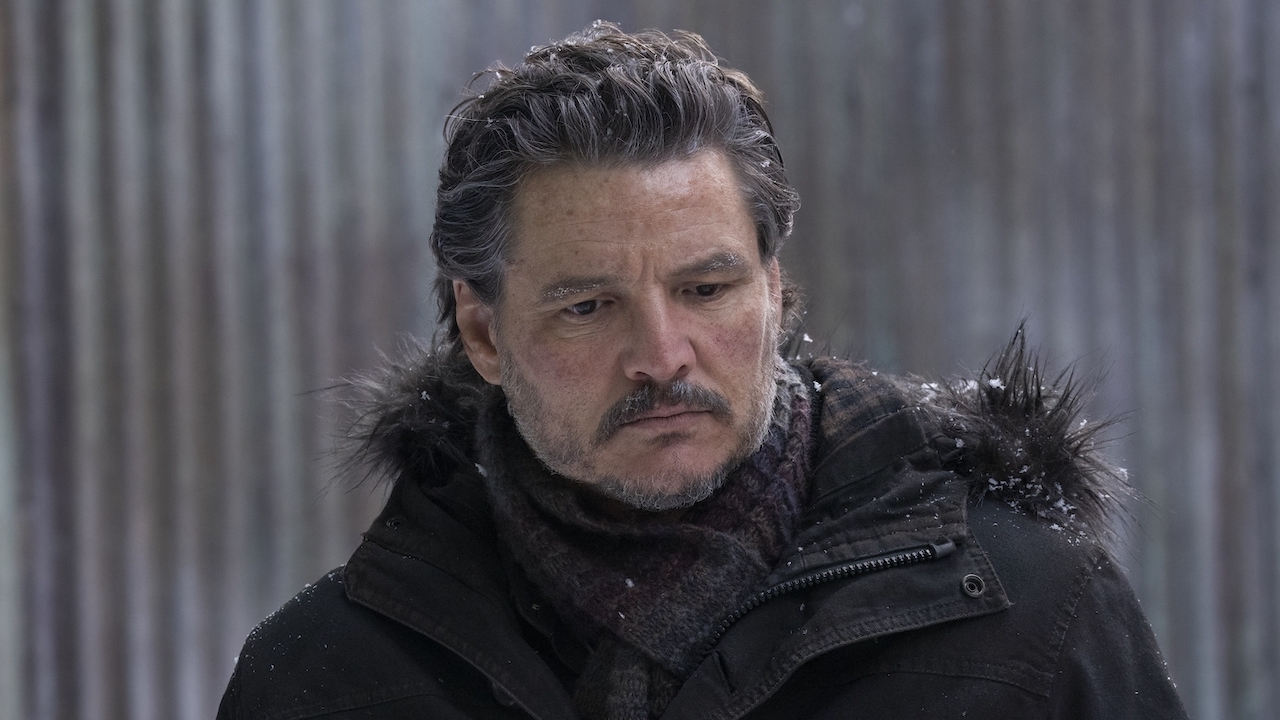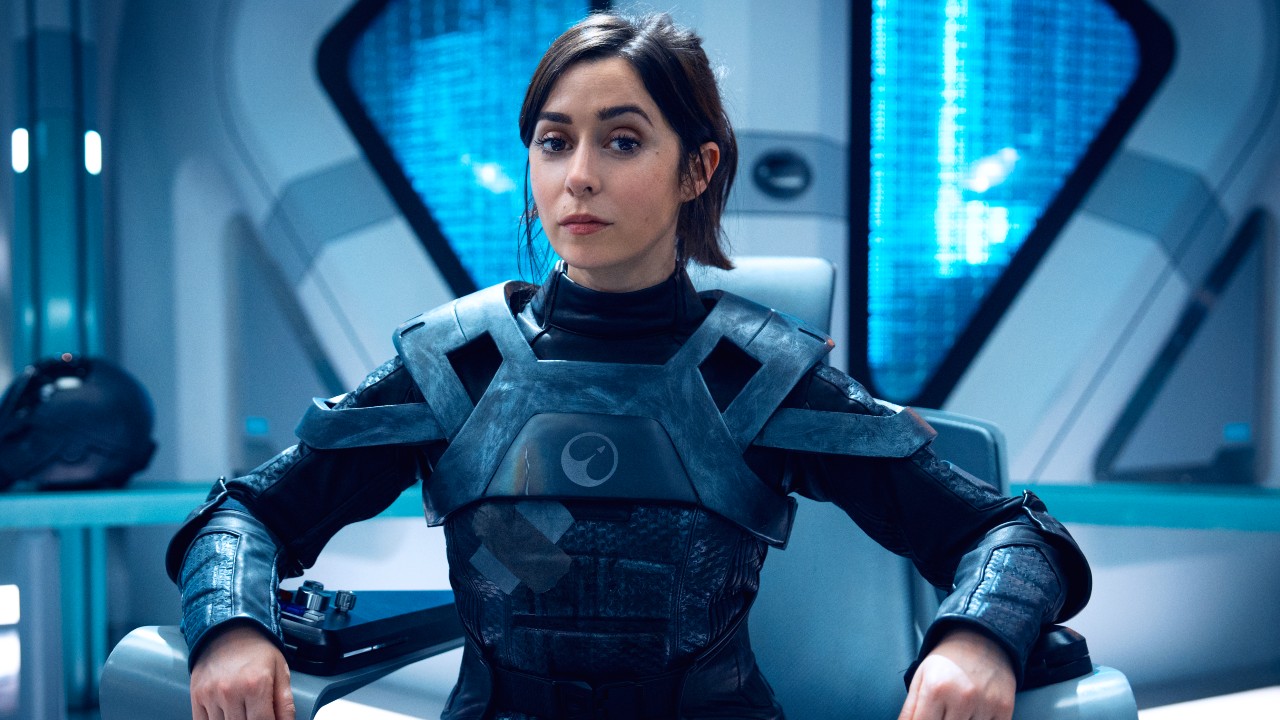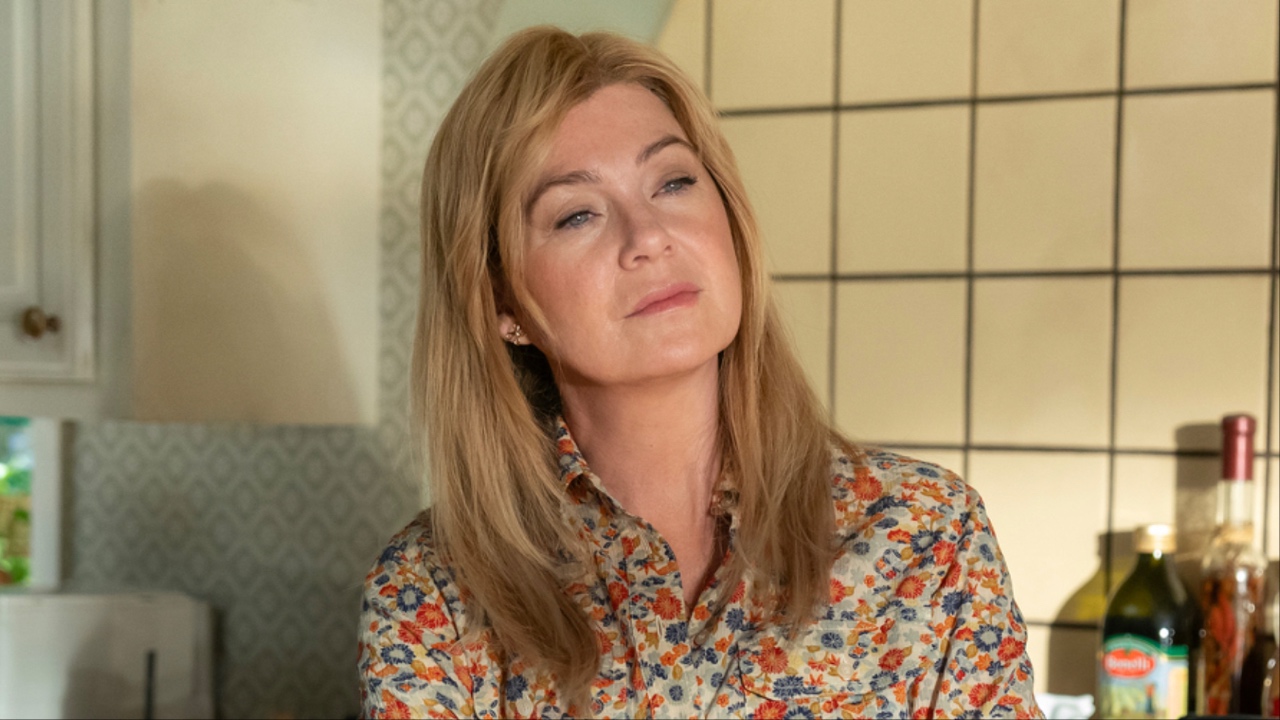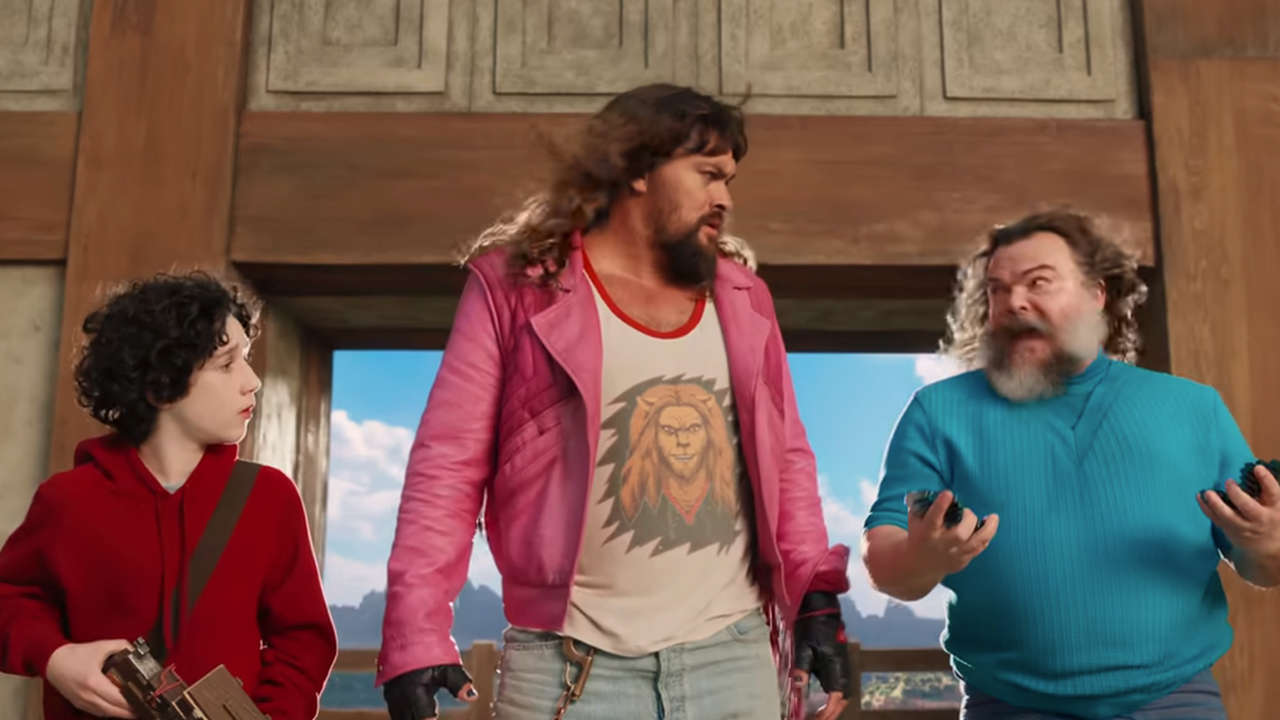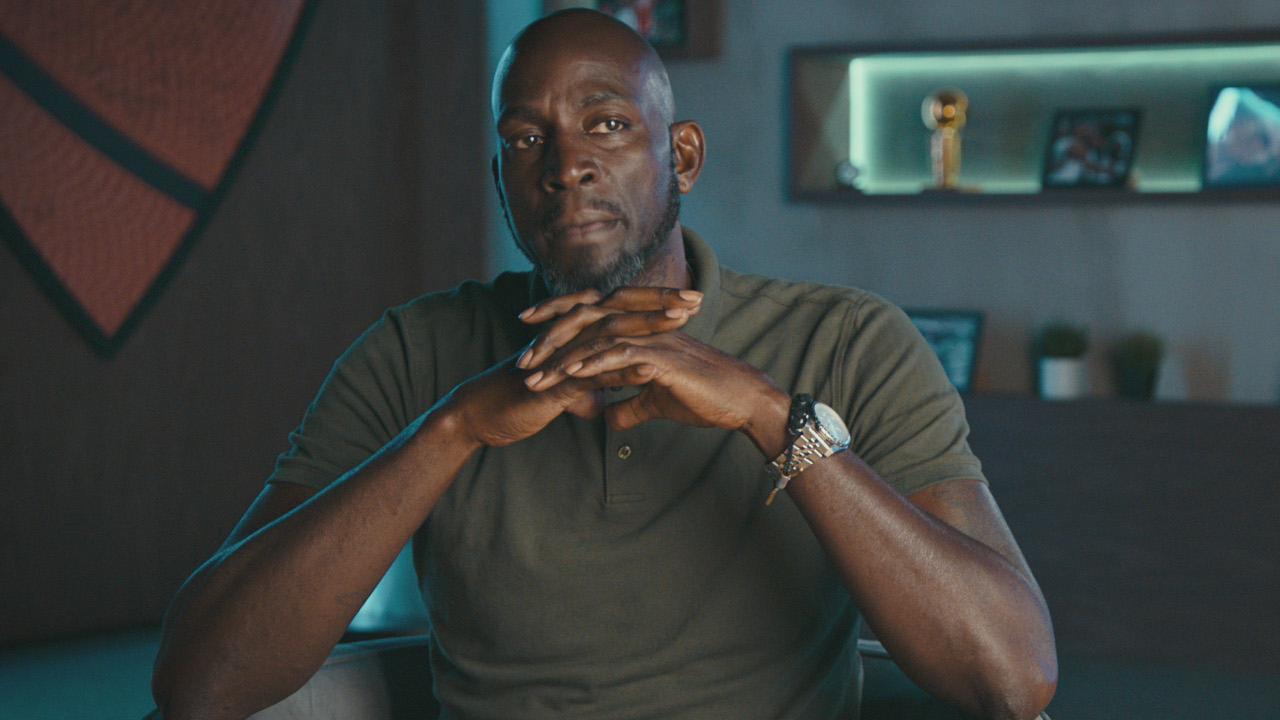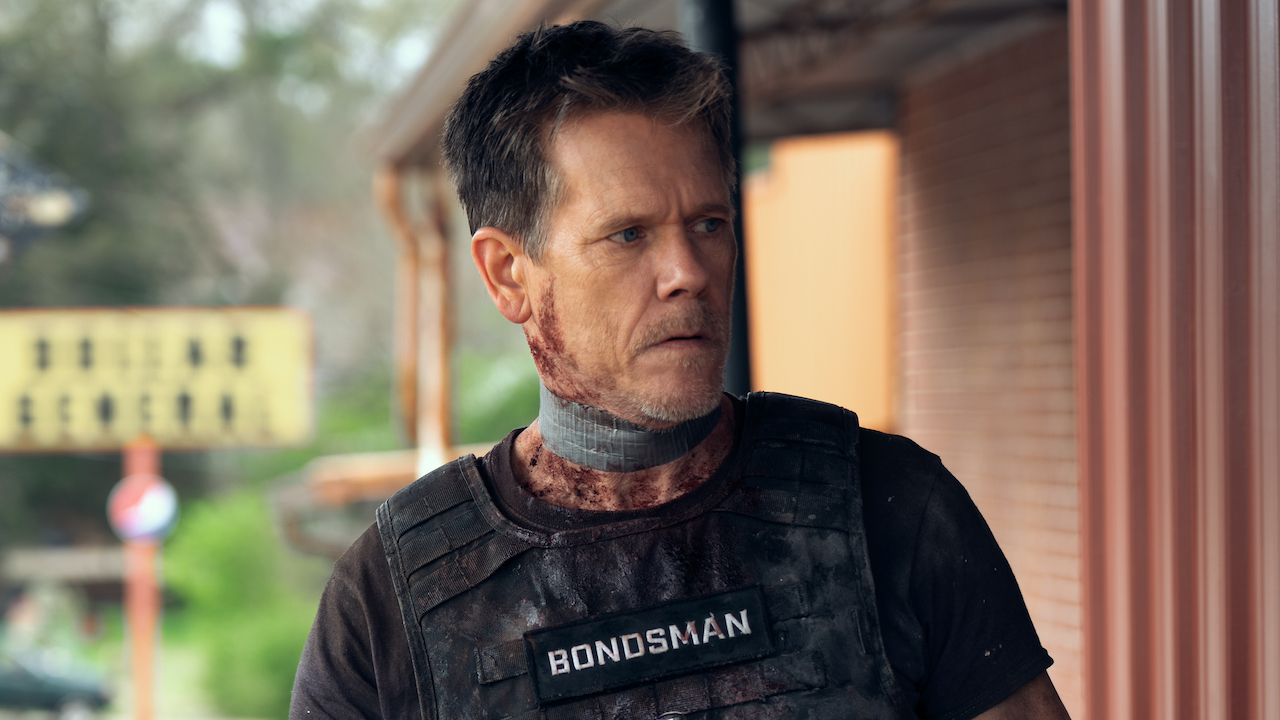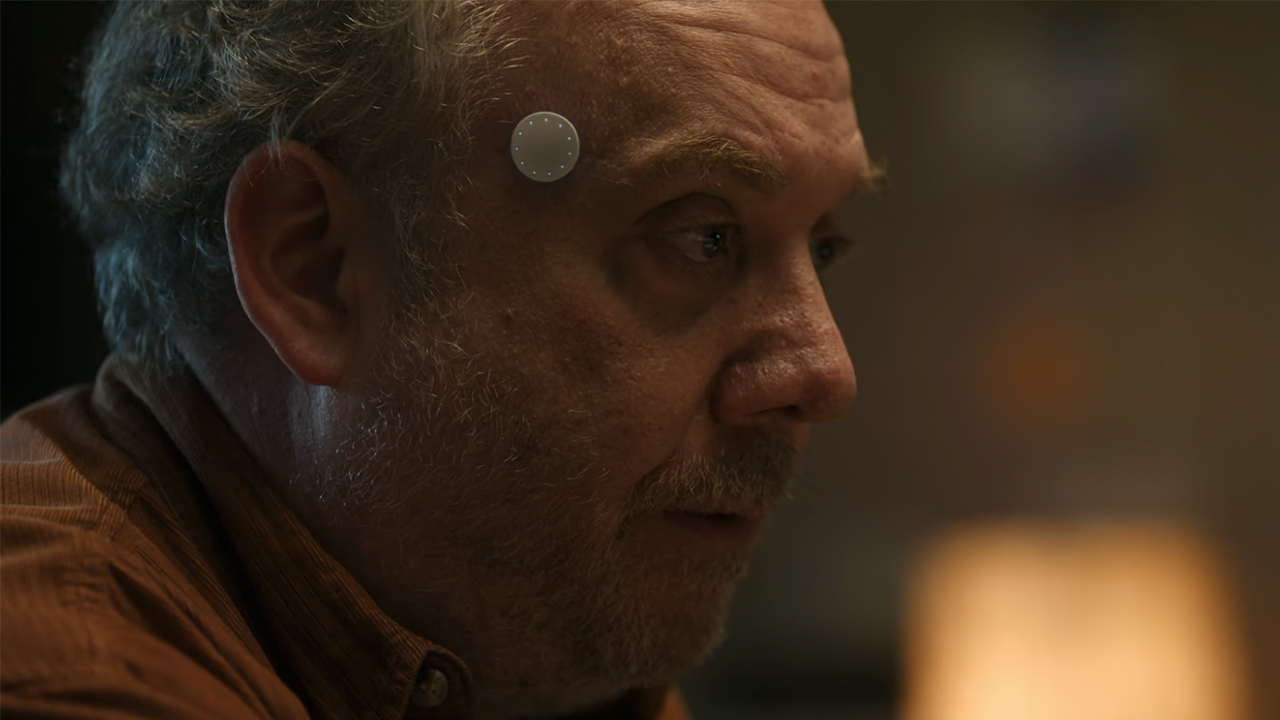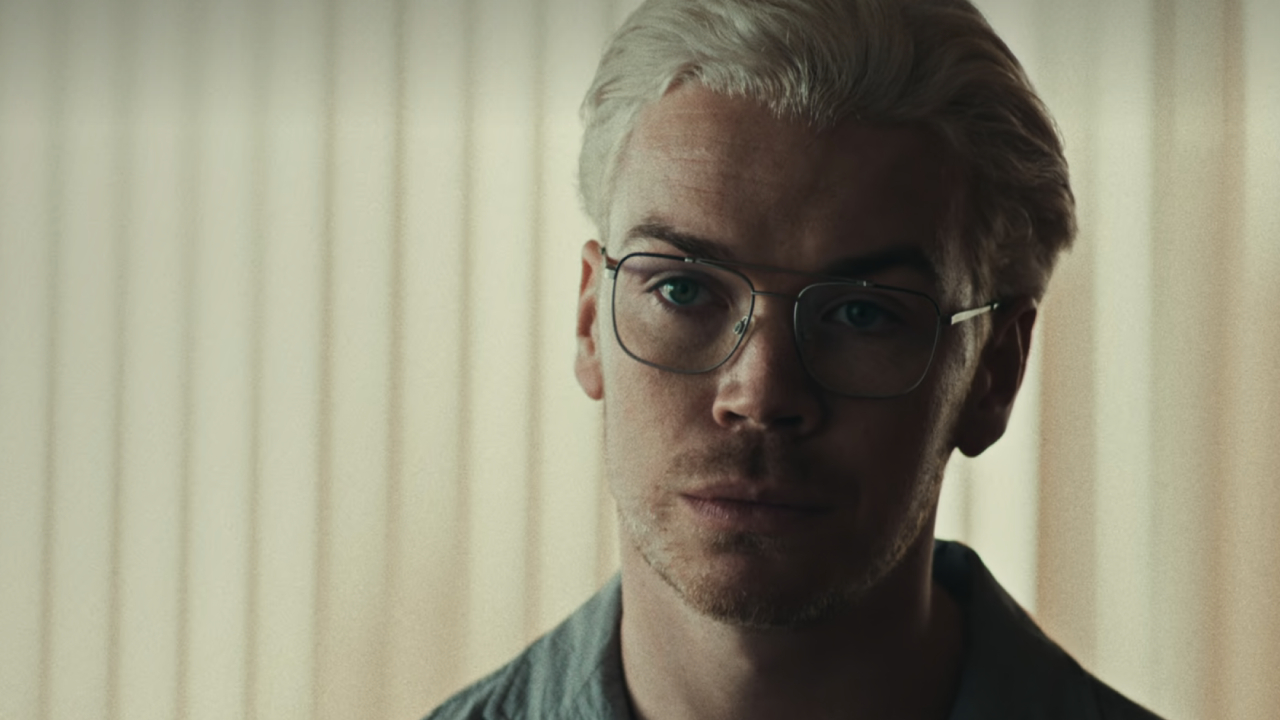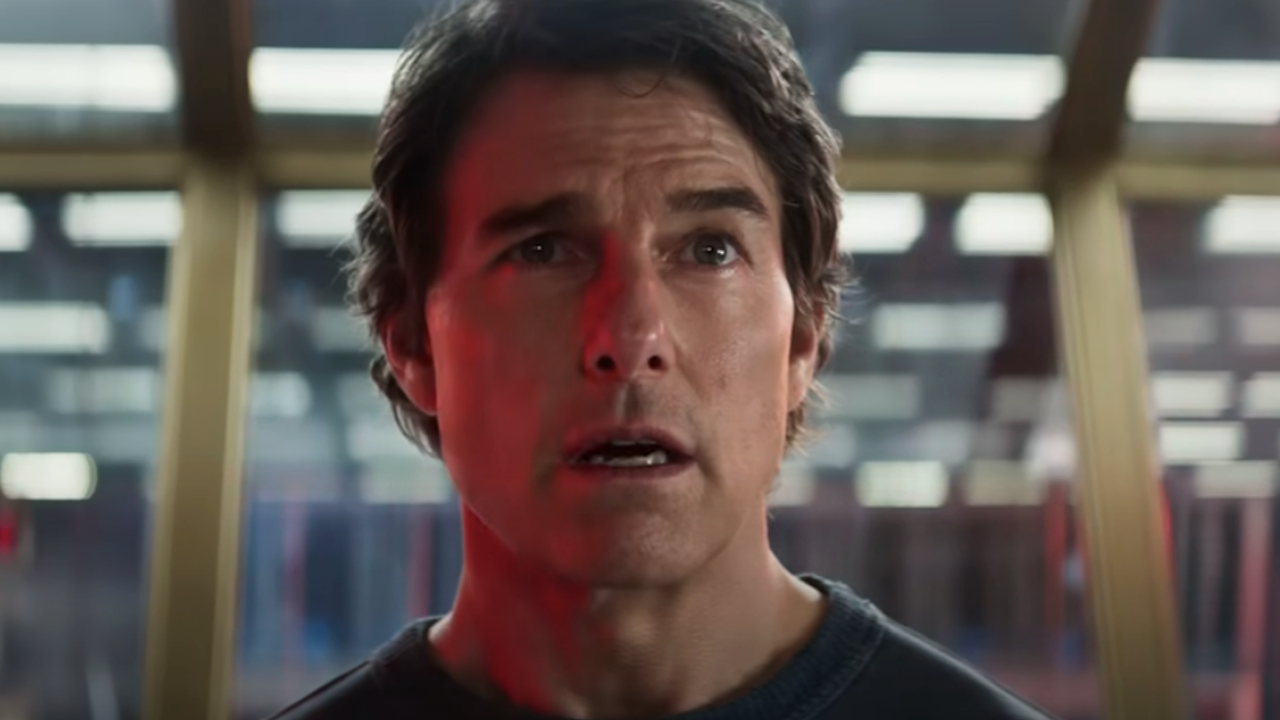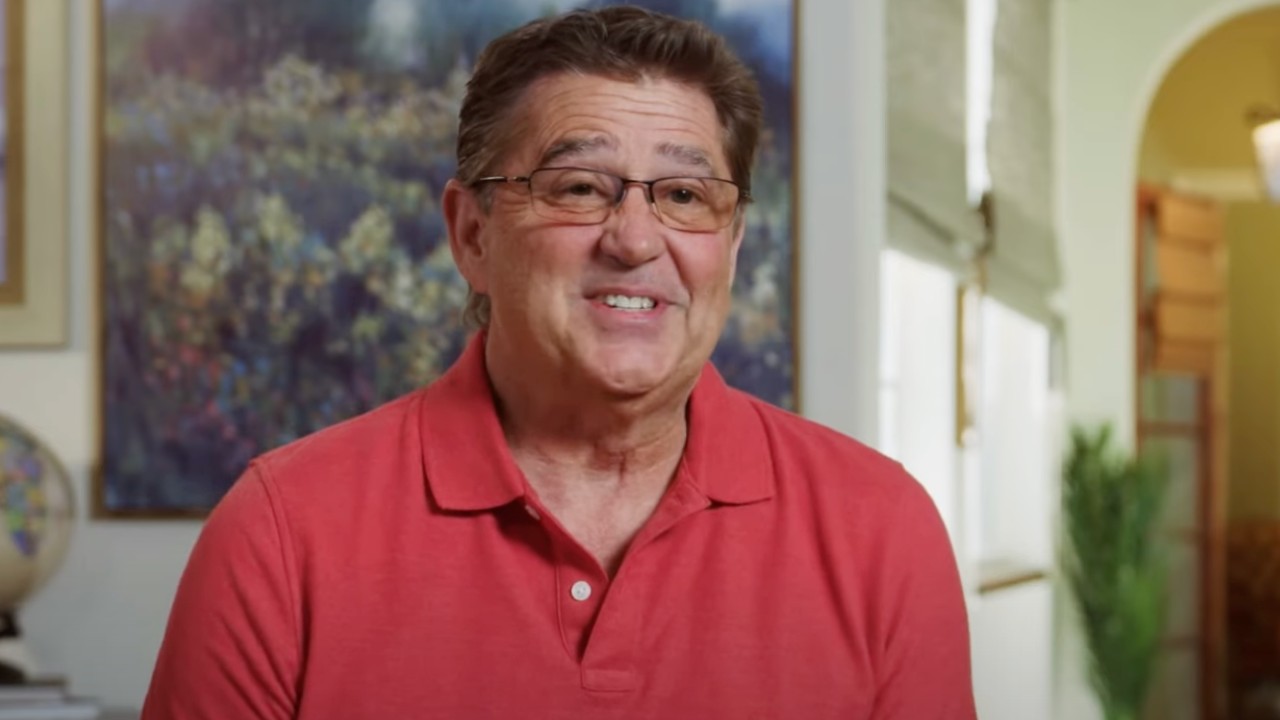Where The Crawdads Sing: 7 Big Differences Between The Book And The Movie
Here's how the movie differs from Delia Owens' bestselling book.
SPOILERS are ahead for Where The Crawdads Sing, both the book and movie.
After flying off bookshelves since its 2018 release, Delia Owens’ Where The Crawdads Sing has been adapted into a movie. Whether you read the book first or just got out of the movie and are curious about the source material, it’s time to discuss how the source material and the latest Reese Witherspoon-produced movie are different from one another.
First off, as an avid book reader who often finds myself wildly disappointed in movie adaptations of books, I will say, Where The Crawdads Sing is among the rare handful of movies that remains rather close to the book it's based on. Even so, the new 2022 movie release has a number of big differences from the novel to talk about.
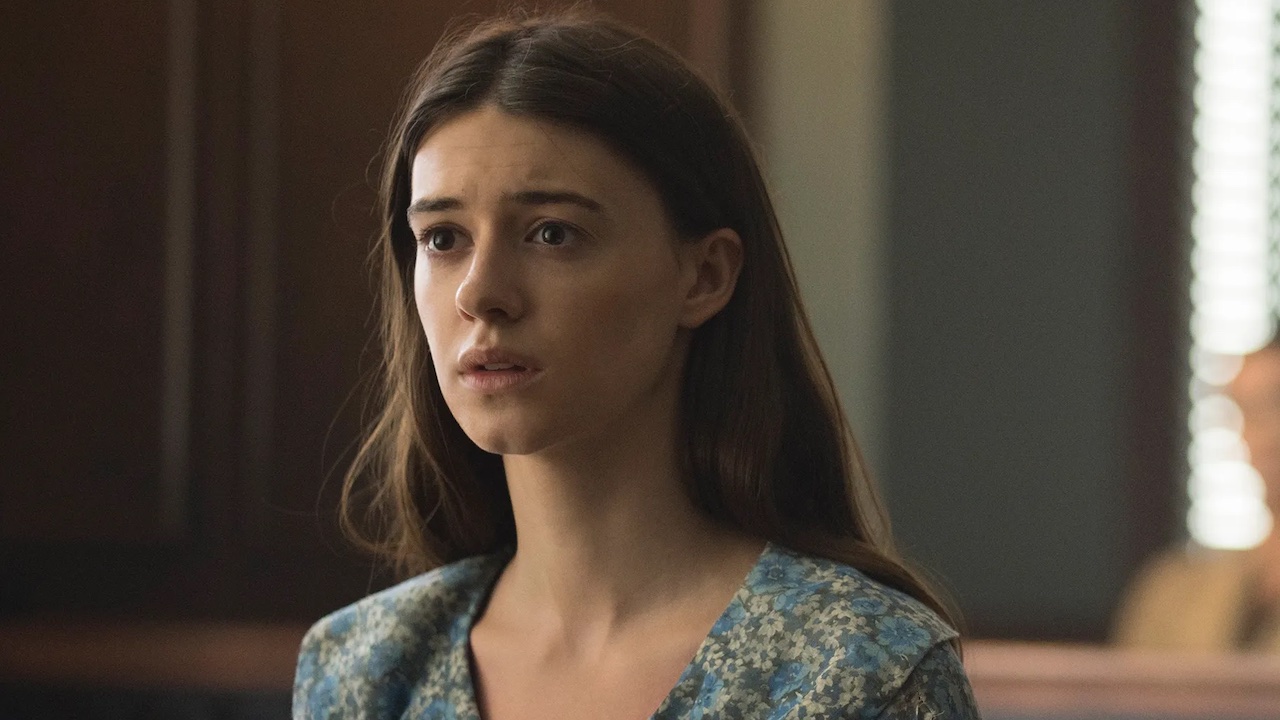
How The Investigation Of Chase Andrews Is Presented
Book readers of Where The Crawdads Sing were likely the most thrown off the most about the fact that the movie begins with Kya being pursued by the police soon after Chase Andrews’ dead body is found. In the book, Kya is not brought in by investigators until the latter half of the story because in between the story of her life, the story turns to the pair of cops investigating the murder and finding clues that lead them to placing her on trial every few chapters. The main reason for this change seems to be a way to provide a framing device for Kya to be the first person narrator and reflect on her life story as the trial goes on, whereas the book was told from a third person omniscient point of view.
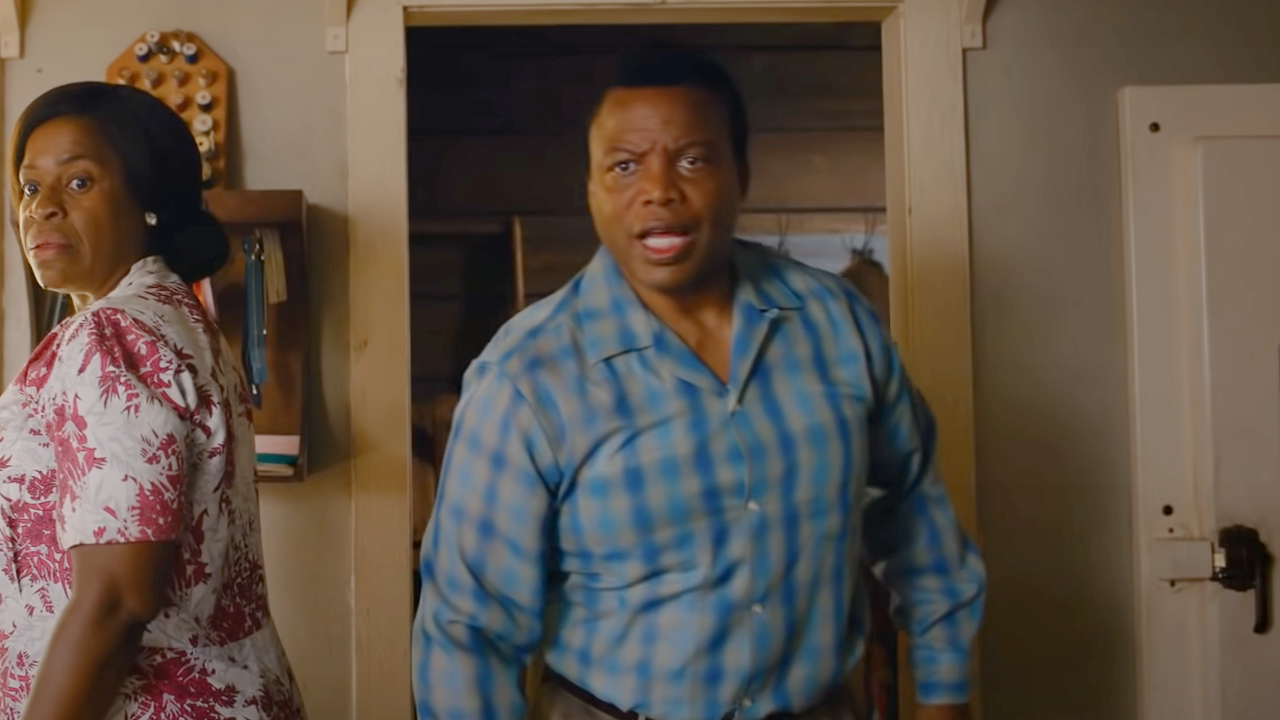
Jumpin’ Has A Larger Role In The Book
Sterling Macer Jr’s Jumpin’ plays a key role in the Where The Crawdads Sing movie as a convenience store owner that Kya develops a relationship with, whether he is watching her back, buying mussels from her, or his wife, Mabel, is encouraging her to go to school. As Kya lives a lonely life in the marsh, they become almost family to her. This is overall true to the book, except the movie overlooks the book’s greater discussions of Jumpin’ being a Black man in the south in the 1960s. In the book, there’s a number of scenes that touch on the racism Jumpin’ deals with as a store owner – one time in particular Kya helps Jumpin’ fend off some town bullies.
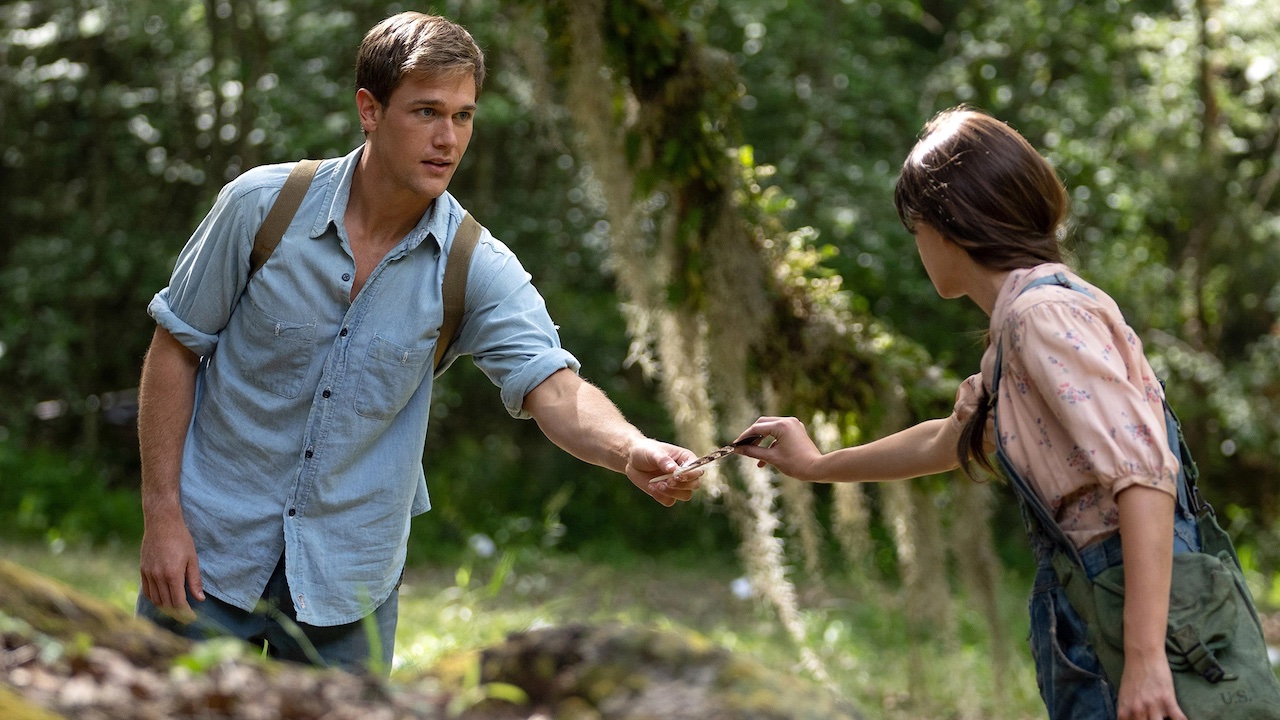
Kya’s Age Gap With Tate
The Where The Crawdads Sing movie has a lot of ground to cover, from Kya’s childhood to adulthood and while it signifies which year it is throughout, how old Kya is when she meets and starts to become romantically involved with Tate is not clear to audiences. It feels like this might have been ignored on purpose, because in the book, Kya is 14 and Tate is 18 when their first cute feather back-and-forths take place. At the point in the novel when they almost have sex, Kya is 15. Daisy Edgar-Jones most certainly does not look 15 during those scenes.

Tate Inspiring Kya To Publish Her Book
In the movie and the book, Tate empowers Kya to send in her drawings to a publisher and write books about her findings of shells and such in the marsh, which she follows through on later on. However, they happen during different points between the two. In the movie, it happens when Kya and Tate are first together, prior to him leaving for college and disappearing on her. And in the book, it happens after he returns and Kya is with Chase. In turn, the book gives Tate more credit for being someone who truly cares for Kya and her interests no matter who she is with and perhaps its that kindness that contributes to Kya returning to him after the murder trial is over.
CINEMABLEND NEWSLETTER
Your Daily Blend of Entertainment News
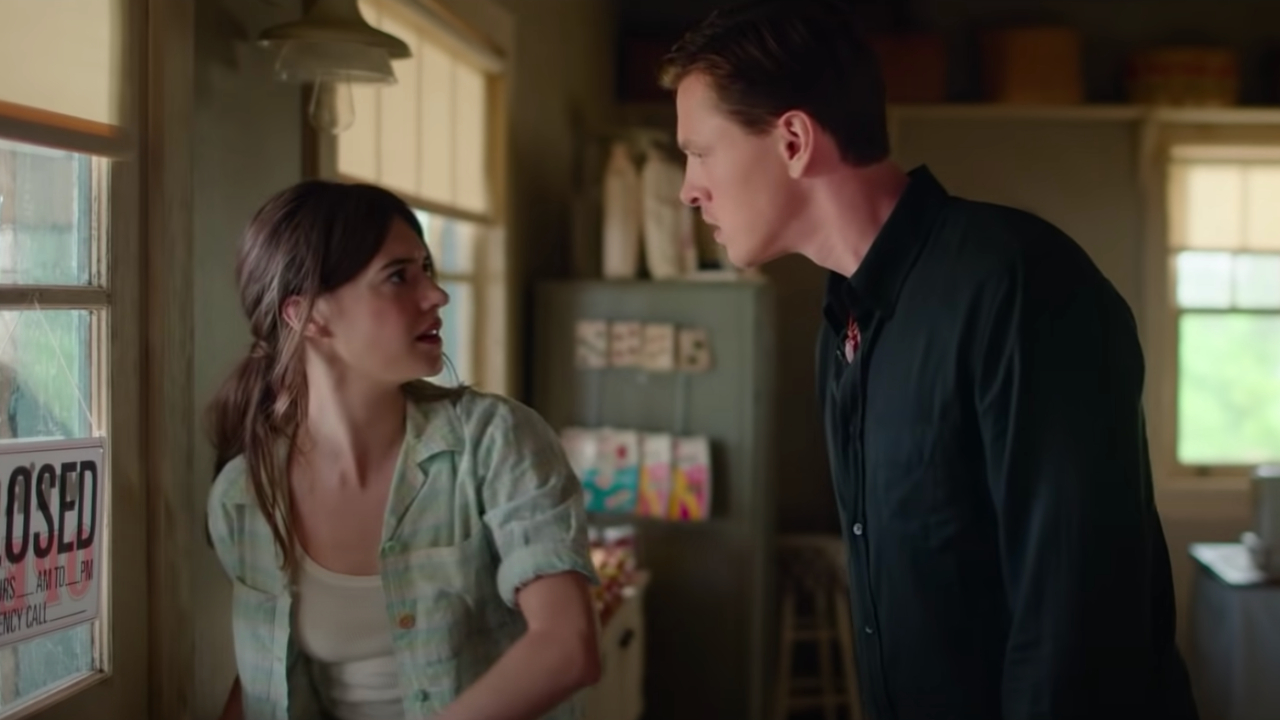
The Details Of Kya And Chase’s Romance And Falling Out
In the movie, it makes it look like Chase Andrews completely pursued Kya and she just went for it over time because she didn’t want to be alone, but in the book things happen differently. Years after Tate leaves and Kya remains heartbroken, she notices Chase, someone she is attracted to and sexually curious about. To quote the book: “Her body watched Chase Andrews, not her heart.” However, Chase proves to be a selfish lover in both mediums, but in the movie it’s not clear that Kya pursued Chase in her own way. Additionally, when it comes to their relationship falling out, in the movie she meets Chase’s fiancée in person, whereas in the book, she finds out through a newspaper announcement.

Kya’s Obsession With Animal Mating Dynamics
Where The Crawdads Sing has a shocking ending either way, but it’s perhaps more shocking in the movie because the film does not highlight a central part of what makes Kya, Kya. Throughout the book, Kya is constantly observing how animals mate and interact with one another in the wild and applying it to her real life. So once we learn she is the killer behind Chase Andrews' death, we somewhat understand that she took the rules of nature into consideration when making decisions her whole life. However, in the movie, while it’s clear she spends a lot of time around nature and learns from animals, there’s not any major moments that highlight that before we learn she really did kill Chase.
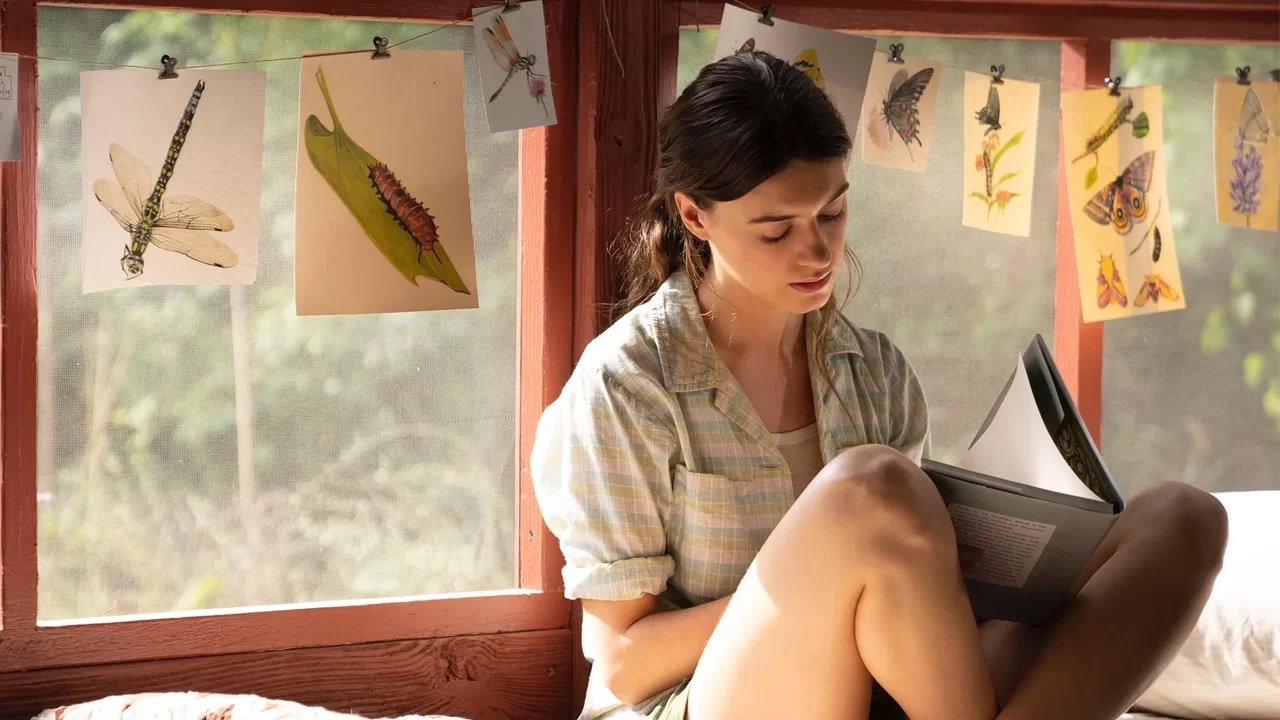
Amanda Hamilton Is Not In The Movie
The final major difference between the book and movie for Where The Crawdads Sing is in regards to a poet named Amanda Hamilton. Throughout the book, Kya recites poetry from a local poet who is relatively unknown with that name. Poetry is an important part of the pair’s relationship because poetry means so much to Tate and his own family. At the end of the book, when Tate learns of Kya’s crime, he also learns that she has been Amanda Hamilton this whole time. However, in the movie, there is no mention of Amanda Hamilton and when Tate finds out about Chase, we see a series of hidden drawings instead.
Now that we’ve talked about the main differences between the book and movie, check out our breakdown of the Where the Crawdads Sing ending along with what critics are saying about the movie.
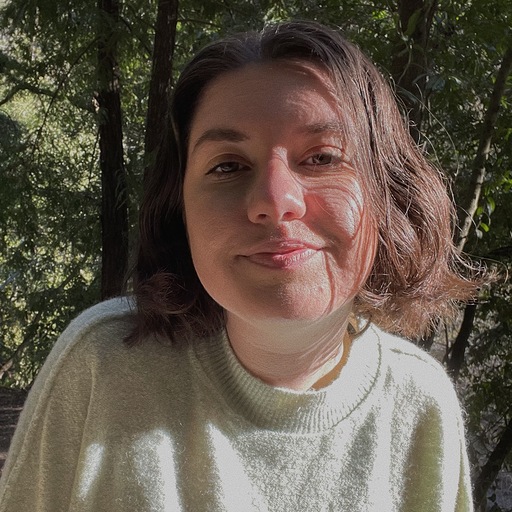
Sarah El-Mahmoud has been with CinemaBlend since 2018 after graduating from Cal State Fullerton with a degree in Journalism. In college, she was the Managing Editor of the award-winning college paper, The Daily Titan, where she specialized in writing/editing long-form features, profiles and arts & entertainment coverage, including her first run-in with movie reporting, with a phone interview with Guillermo del Toro for Best Picture winner, The Shape of Water. Now she's into covering YA television and movies, and plenty of horror. Word webslinger. All her writing should be read in Sarah Connor’s Terminator 2 voice over.
